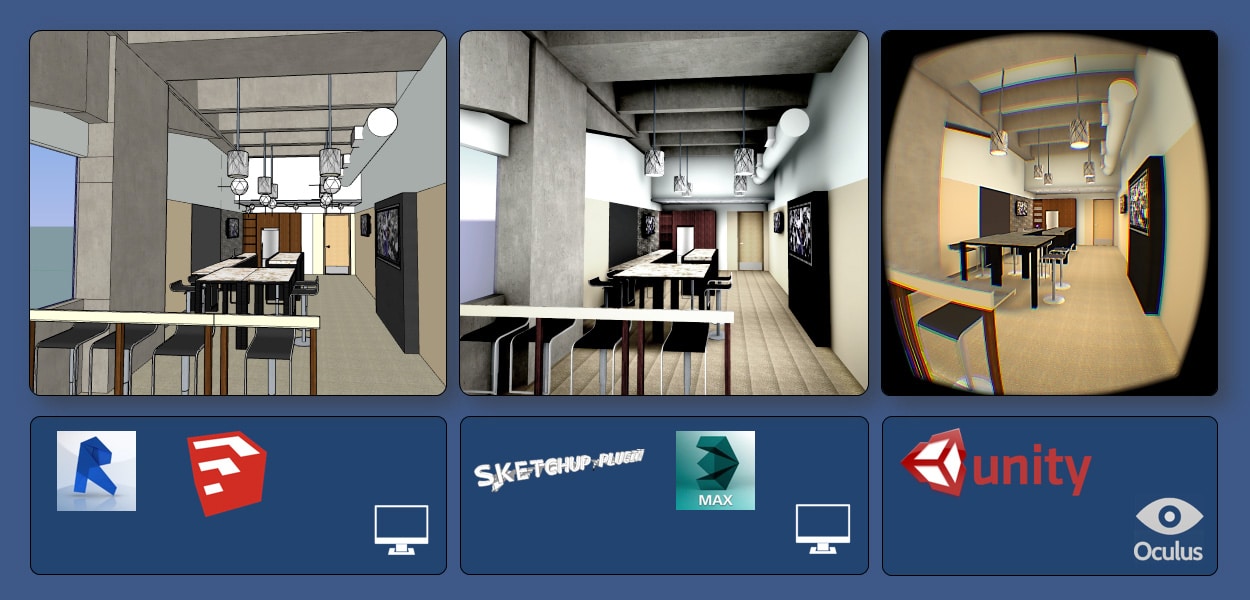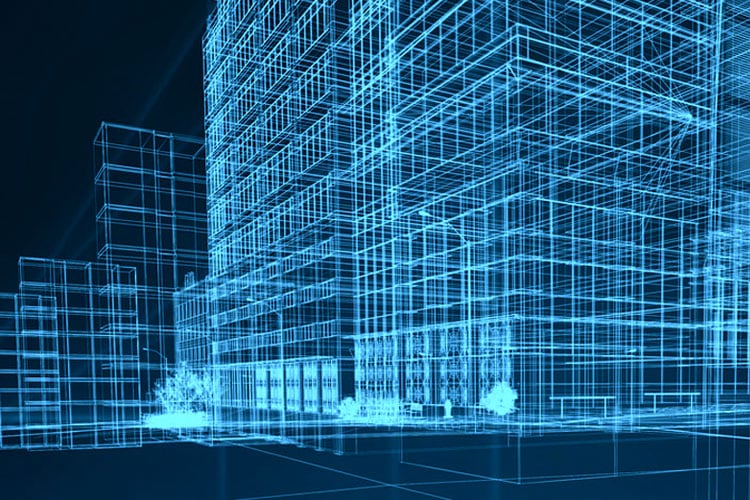“We as an industry are still grappling with the value of BIM. What it boils down to is that BIM is simply a visualization tool,” says Mortenson Senior Director of Project Solutions, Ricardo Khan.
In an industry defined by compressed timelines and conservative budgets, adopting technology beyond common tools like Excel and Outlook to aid project communication can be a tough sell. But for Khan and Mortenson, the power of visually sharing information previously buried in spreadsheets and emails has made the decision a relatively easy one.
As they build the “unbuildable” projects that have become their hallmark, they rely on a mix of BIM, virtual reality and 3D PDF tools to help them convey design intent and constructability in ways their customers and project partners can easily grasp, leading to expedited decision-making and better end products.
BIM for Scheduling and Modeling
“Every time you hear ‘BIM’ and ‘VDC’, you think of the modeling people, but the reality at Mortenson is, we’re building the visual schedules, and we do our estimates with the model. The visualization through BIM helps us make better decisions,” Khan says.
He explains that BIM’s ability to clearly illustrate design intent leads to more effective communication between teams, and thus, more effective collaboration, as teams are all working from a clearer picture of proposed construction when they discuss projects. “When I can see something in 3D, it’s less work for my brain to go through. There’s less interpretation—‘I think this is what the designer wants’—and instead we’re able to articulate it through visuals.”
That ability to showcase concepts as they will appear in the built space means teams can minimize their reliance on less visual communication tools like Excel or email to convey ideas.
Bridging the BIM Gap with 3D PDFs
While models are powerful, sometimes Mortenson needs to share 3D views of building components with team members who do not have BIM or 3D CAD software. To share 3D views in a more lightweight, user-friendly presentation, they use 3D PDFs.
“We basically constructed the entire Saint Joseph Hospital in BIM before we physically built anything,” explains Nick Pfenning, an Integrated Construction Manager with Mortenson. “There is a gap where the model is not functional in the field, though, so one way we’ve bridged that gap is through 3D PDFs. When we would do this design scrub process, we would take the users out into the field, do a job walk, do a mock-up, and actually let them touch and feel the space while it was still under construction.”
“That is great for helping them understand spatial relationships of where things are, but it doesn’t give a good idea for finishes or what the lighting is going to look like—basically, what it will look like in a finished condition,” Pfenning continues. “So we were able to take a tablet out there with Revu on it, load up a 3D PDF isolated for that one room, and fly around that PDF to look at how different things were going to interact.”
This process helped Pfenning and the teams get expedited sign-offs from stakeholders who, once they could visualize how the spaces would suit their needs, cleared Mortenson to move forward with construction.
Virtual Reality for Robust Visualization
To help customers envision future projects on a grand scale, Mortenson uses virtual reality technology, leveraging Oculus Rift headsets and a Computer Automated Virtual Environment (CAVE) to allow customers to “walk” through projects, often before crews even break ground.
The level of development (LOD) is much clearer in the virtual reality environment. It simply helps owners and stakeholders picture anticipated end products with less interpretation.

“We began using Oculus Rift to help our customers visualize spaces. Once, an athletic director was concerned the colors were too dark on a rendering. We showed him how they appeared in virtual reality and the colors were ultimately right—no changes were necessary to the design—which meant a faster build and more successful end product. So better visualization helped us get green lights to move forward with construction,” Khan relays.
The CAVE is a large cube space upon which BIM and CAD models can be projected. When visitors put on an Oculus Rift headset, they find themselves standing in the middle of the proposed project. A Mortenson team member navigates around the model on a joystick to allow everyone to “walk around” the built environment. As Khan explains, it moves the customer away from perceiving a space to experiencing it.
Scope of VDC
“We implement these processes like BIM and VDC to make sure we meet the time and cost requirements of our projects. When I get down into the performance indicators, when we look at BIM, we’re tracking adoption and how we’re exchanging information. We look at our processes and ask ourselves how we’re using BIM, Bluebeam Revu and other tools to help us drive information exchange to reduce the latency between discovering issues and solving them, and allowing our teams to make those informed decisions faster.”











